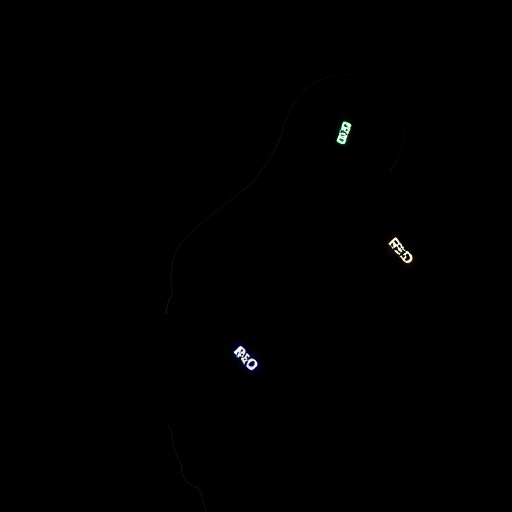Confusion over how to diagnose a heart attack is set to be cleared up with new guidance launched today. The 2018 Fourth Universal Definition of Myocardial Infarction is published online in European Heart Journal1, and on the ESC website.2
“Unless there is clarity in the emergency room on what defines a heart attack, patients with chest pain may be wrongly labelled with heart attack and not receive the correct treatment,” said Professor Kristian Thygesen, Aarhus University Hospital, Denmark.
“Many doctors have not understood that elevated troponin levels in the blood are not sufficient to diagnosis a heart attack and this has created real problems,” continued Professor Thygesen, who is joint chair of the Task Force that wrote the document, together with Professor Joseph S. Alpert, University of Arizona, USA and Professor Harvey D. White, Auckland City Hospital, New Zealand.
The international consensus document spells out that a heart attack (myocardial infarction) has occurred when the heart muscle (myocardium) is injured and has insufficient oxygen. Troponin is a protein normally used by the heart muscle for contraction, but is released into the blood when the muscle is injured. Oxygen shortage (ischaemia) is detected by electrocardiogram (ECG) and symptoms such as pain in the chest, arms, or jaw, shortness of breath, and tiredness.
Myocardial injury on its own is now considered a separate condition. There are numerous situations which can cause myocardial injury, and therefore a rise in troponin. These include infection, sepsis, kidney disease, heart surgery, and strenuous exercise. The first step of treatment is to address the underlying disorder.
As for myocardial infarction, there are different types which require specific treatment. Type 1 is the situation which most people associate with a heart attack. Here a fatty deposit in an artery, called a plaque, ruptures and blocks blood flow to the heart which deprives it of oxygen. Treatment can include antiplatelet medication to stop platelets clumping together and forming a clot, inserting a stent via a catheter to open up the artery, or surgery to bypass the artery.
In type 2, oxygen deprivation is not caused by plaque rupture in an artery but is due to other reasons such as respiratory failure or severe hypertension. Professor Alpert said: “Some doctors have incorrectly called this type 1 and given the wrong treatment, which can be harmful. Treatment should be directed at the underlying condition, for example blood pressure lowering medications for patients with hypertension.”
Efforts by doctors to correctly diagnosis myocardial infarction and its subtypes have not been helped by the lack of diagnosis codes in the International Classification of Diseases (ICD). The subtypes of myocardial infarction were first introduced by the joint Task Force in 2007, but were not incorporated into the ICD until October 2017.3,4
Professor White said: “In the consensus document we have expanded the section on type 2 myocardial infarction and included three figures to help doctors make the correct diagnosis. The incorporation of type 2 into the ICD codes is another step towards accurate recognition followed by appropriate treatment. A code for myocardial injury will be added to the ICD next year.”
The international consensus document was produced by the European Society of Cardiology (ESC), American College of Cardiology (ACC), American Heart Association (AHA), and World Heart Federation (WHF).
###
Media Contact
ESC press office
[email protected]
@escardio
http://www.escardio.org





